Welcome to the Sunday Edition - “Weekend Walking.”
The Sunday editions of this newsletter have been intentionally wordier than the daily posts documenting wildlife and plants and wildlife gardens. Sometimes, I want to expand on these themes, but without losing readers by going too far off topic. So, I test marketed a complementary newsletter called “Offshoots and Byways” with a less restricted remit.
“Offshoots and Byways” quite quickly gained subscribers, but it seems that I don’t need a separate newsletter as most were already on “Whilst out Walking.” Once a week wandering down different rabbit holes isn’t scaring readers away. Instead, I’ll simply grant a wider remit to the existing, lengthier Sunday editions I’ve been writing for months - while exploring some new topics and ideas. Thank you for your feedback.
A Pause in the Rain
Some 24 hours of much needed, steady rain began this weekend. During a short pause I went for a walk in the garden to seek out raindrops.




Garden Bird Nursery …
We have recorded some 65 species of birds in our garden since the start of the year. On any given day there might not be more than 15 or so, but they come and go with the seasons and the changing weather and the numbers mount up. We expect to pass 80 by the end of December. Just now is nesting time and the garden has been much enlivened in recent days by the appearance of juvenile American Robins, Downy Woodpeckers, Black-capped Chickadees and other new birds visiting with their parents. All learning the tricks of the trade of being birds as taught by tired adults showing them how to take seeds from the feeders, ferret on the ground for insects, find caterpillars in the bushes and eat pounds of fruit already ripening on the trees before we can harvest any of it.
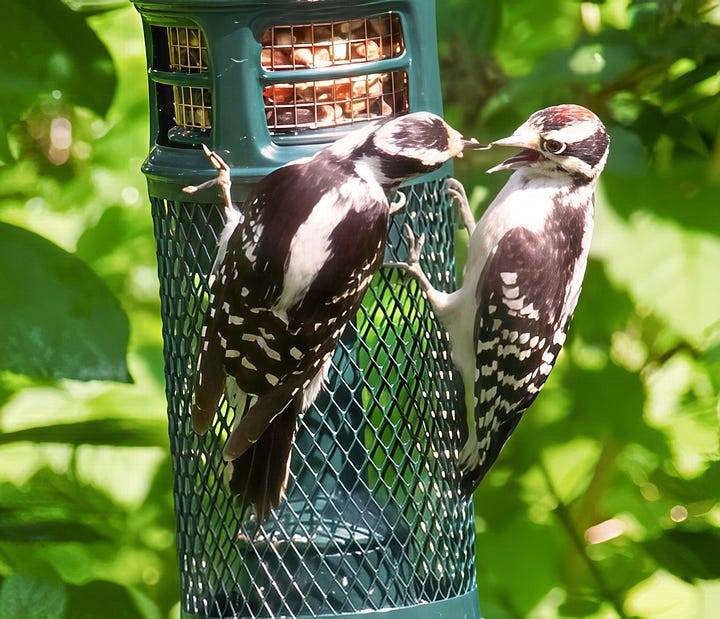
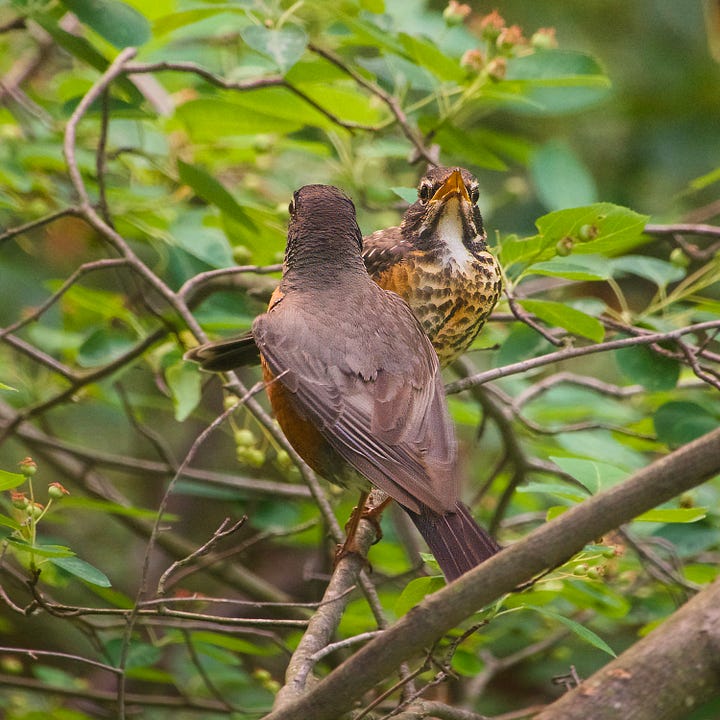
Island Paradise ?
I noted on the BBC website a few days ago that for a sum of £5.5M (a snip) there is a Scottish island for sale, complete with a ruined castle, a couple of hundred sheep and five holiday cottages.
https://www.bbc.com/news/articles/c4gkwd8wl81o
1110 acres - so a decent size with wild deer and white sand beaches. I have always found the west coast of Scotland to be a place I could live … not that I plan to decamp from Quebec any time soon, though there was a time before we emigrated when we were ready to go and looking for ways to make it happen … and I do rather fancy, dream maybe, of acquiring this island for summer fun. Of course, it would need to come with high-speed wifi and excellent internet connections pre-installed, which might be expensive to arrange. Let’s say that the project needs £6M to complete, or about CAN$11M for the currency in my bank account today.
The small problem is that I don’t actually have £6M but it occurred to me that if I could just find enough people to selflessly contribute to a crowd funding project we could do this and save it for posterity. The actual project? Preservation of the wildlife is where it starts, plus me owning a second home that is not too peopley. I would, of course, leave the island to the Scottish National Trust in due course on behalf of all the crowd source contributors. Sounds a bargain? Of course it does. Anyone thinking to themselves, “so why not just donate the money to the SNT in the first place and cut out the middle man” - me - is missing the point 🙃
It does look gorgeous though and I am very envious of whoever does acquire it - I hope very much that it does go to an environmental charity and not a rapacious development company or American billionaire.
Gulls Eating Stuff
I think that I like Gulls, but I am not a fanatical collector of Gull sightings. There is a quite large subset of the birding community however, who challenge themselves learning and practising to distinguish the many species from each other, which is made all the more difficult by the fact that most of them do not achieve adult plumage for several years, but do have different plumage in each of the teenage years. Far too many subtle variations there, a lot to learn and a lot to then forget having learned it once. These people have been named “Larophiles”. I wish them well, but I won’t be joining their ranks. I’m too old.
But then I read an article, there’s a link further down which I encourage you to read, about one aspect of Gull watching accessible to all that might be fun as well as being a useful scientific exercise. This Citizen Science project offers an opportunity to help science learn about urbanization’s effects on gull diets and behavior. It is called Gulls Eating Stuff! Who says that scientists have no sense of humour?
https://citsci.org/projects/gulls-eating-stuff/
Gulls eating stuff is platinum-level material for viral birding content, so perhaps it shouldn’t be a surprise there’s a new citizen science project that anyone can use to document and submit photos of gulls eating anything, from surprising prey to human food to plastic trash. The project has a companion Instagram account, @gullseatingstuff, that showcases the most outlandish submissions.
Who could resist?
25 easy and effective ways you can help protect garden insects
Ways to look after the insects and birds in your wildlife garden - a list of 25 effective and simple things you can do as you develop your site are listed in this article from The Guardian
Buried in the list is this starter planting guide. The idea for those who say “I don’t know where to start” is to choose 3 native plant species that bloom in each of our 3 growing seasons — spring, summer, and late summer/fall. With this approach, your garden can bloom and provide food for pollinators almost continuously. Then, include 3 plants of each of your 9 plant species – a total of 27 plants. By having 3 plants of each species, you’ll create patches of flowers that will provide enough food for the insects that inhabit your garden.

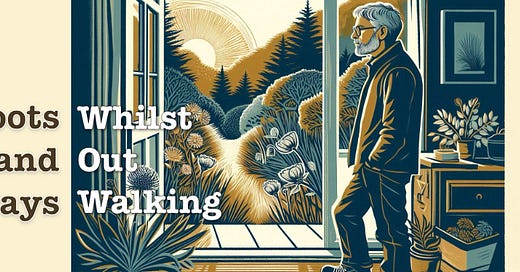



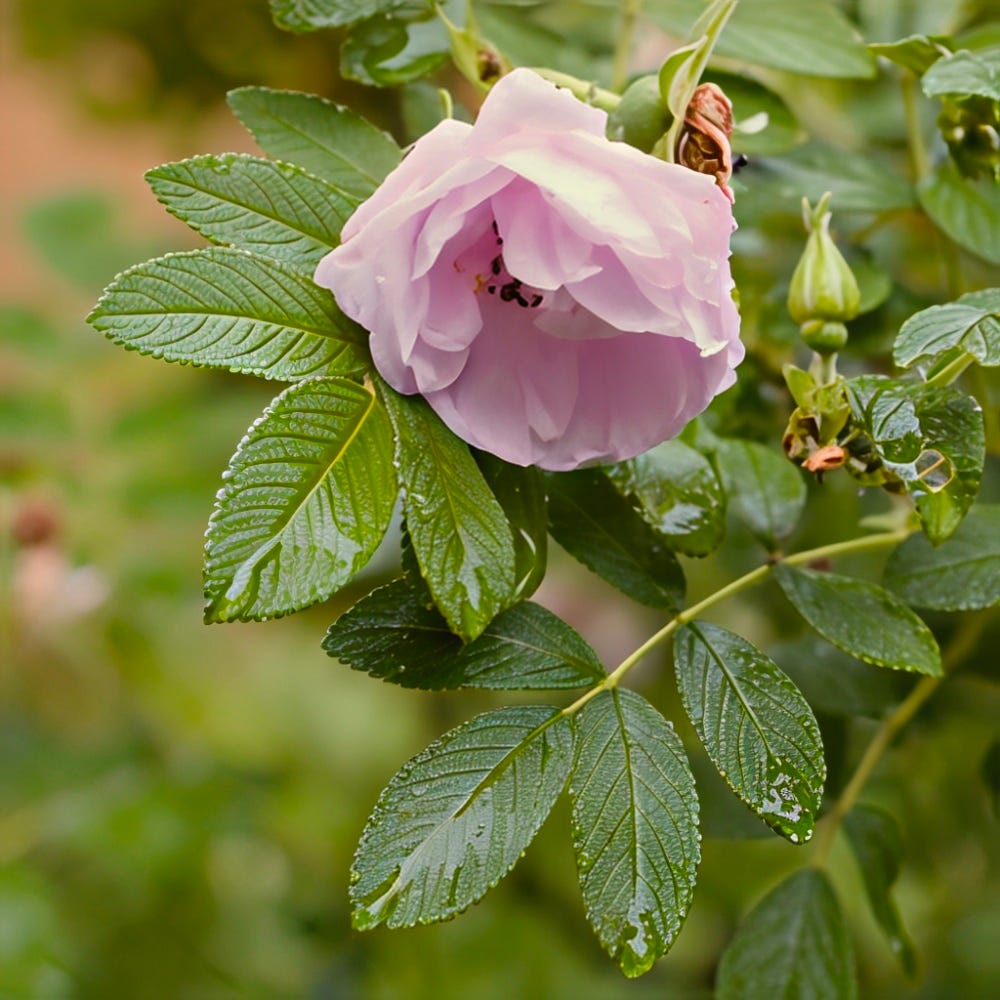
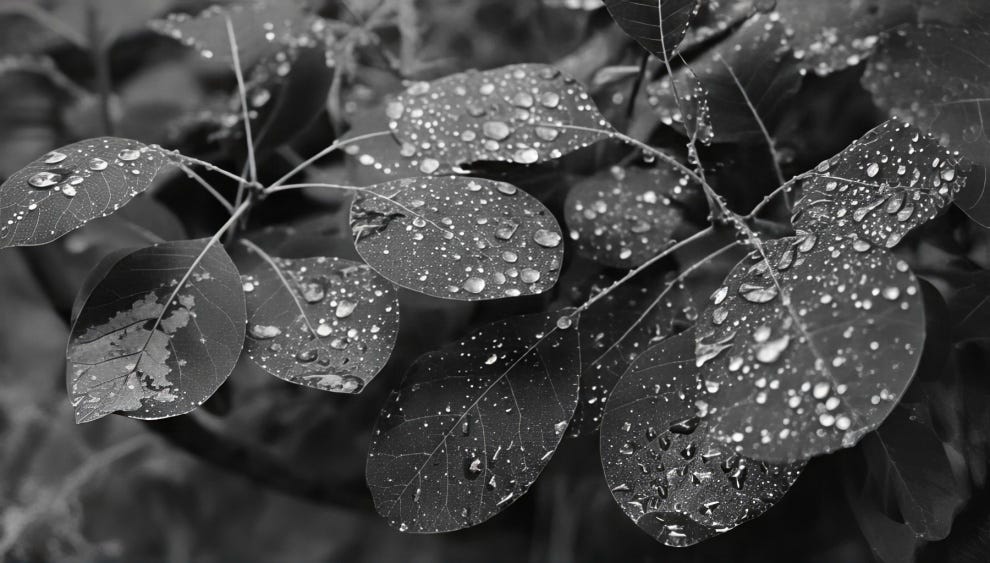



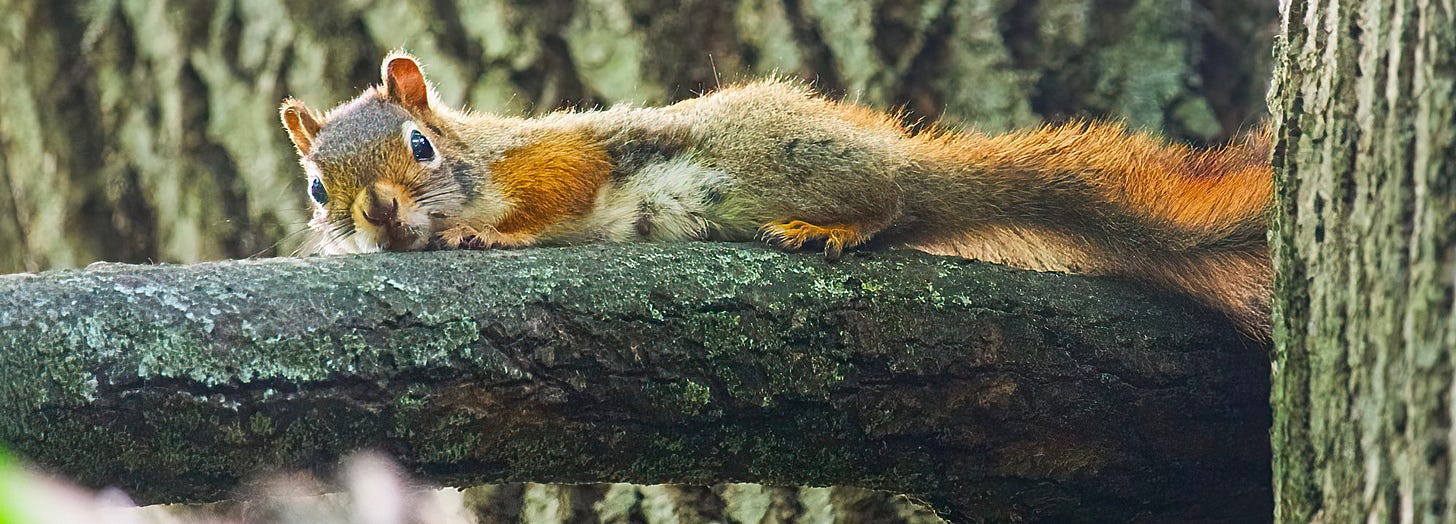
Great post Richard! You can live on that Island and share a weekly notebook of the goings on, of all you see! Would love that! As to Seagull watching, we have many types around the Olympic Peninsula of Washington state. My best perch for watching is at a transit center by an open harbor where each year 30-50 of one of the bigger seagulls have nests on an old auto repair garage. One does have to be prepared for a little cannibalism of the weak birds which gets terribly rough and rowdy. Even so, to listen to the adults out over the harbor on the extremely high light standards is a wonderful show! All vying for ownership of their favorite spot and 'crowing' when they have secured it from a young challenger!
Loved the rainy day pics.